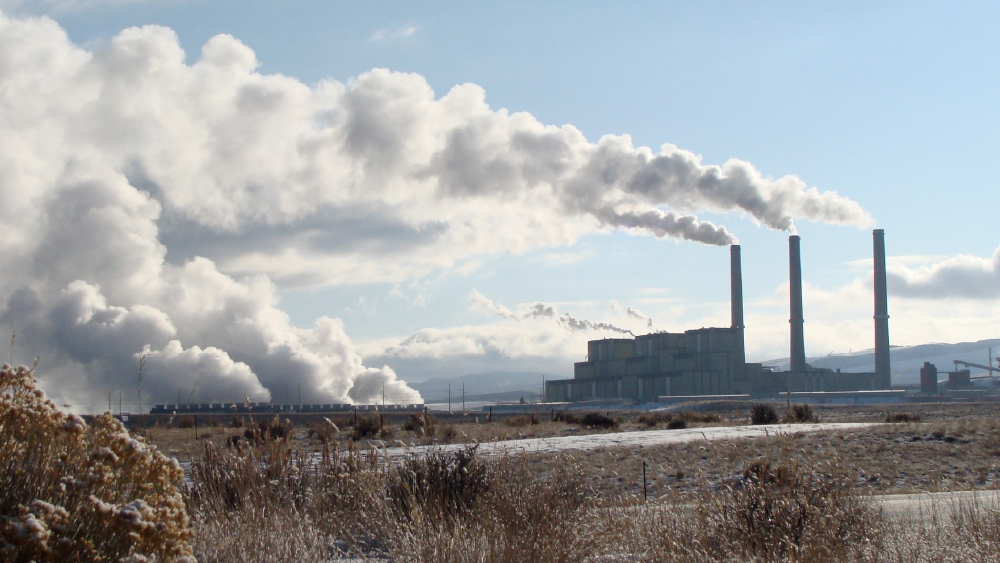- An Alliance For Community Action
- (970) 256-7650
- info@WesternColoradoAlliance.org
A new chapter for homegrown prosperity
America was built on coal. Colorado too. Coal provided the cheap, abundant fuel that powered our country’s industrialization, peaking at nearly 900,000 mining jobs in 1923 and providing half of the US electricity generation supply as late as 2005. For Western Colorado communities like Craig, Gunnison, Hayden, Meeker, Naturita, Nucla, and Paonia, coal was the multi-generational anchor that built entire towns and families. The U.S. government invested heavily in coal’s success, with direct subsidies and tax breaks worth $70 billion.
Today, coal is no longer cheap. Eleven coal companies have declared bankruptcy since the Trump election, including some of the nation’s largest. Coal production has fallen 42% since its historic peak in 2008, with jobs falling by nearly half to 53,000 nationwide and 1,300 in Colorado. In the last decade, operators in the United States closed 550 coal-fired generation facilities worth a stunning 110GW of output. In 2020, coal will supply just 20% of the nation’s electricity — but nearly half of Colorado’s.
Cries of a “war on coal” from some politicians may have provided a cathartic channel for community anger as one town after another was confronted with the loss of hundreds of livelihoods and their proud histories. This weaponization of recent lay-offs failed, however, to own up to the market and technology forces at work in coal’s decline — or to provide leadership for entire regions in desperate need of a future.
Solar costs are just 12% of what they were a decade ago. Wind costs are 31%. Both technologies have a long cost-curve distance yet to travel. This year, virtually all new utility-scale wind power will be less expensive than fossil fuel facilities, including most natural gas. A full switch from coal-fired power to new wind and solar is estimated to offer a savings of $78 billion in the US and a stunning $389 billion in China. Grid-scale ion battery storage technologies, capable of banking power between sunny days and windy nights, are already beating some natural gas peaker facilities on cost in Colorado.
These historic changes came home to roost this January as Tri-State Generation & Transmission, owner of several coal stations that power rural Colorado’s electric co-ops, announced that it could no longer postpone its own transition. After years of member co-op and investor pressure for cheaper sources, Tri-State set dates for the retirement of its Craig coal stations worth 1.3 GW of power. Craig Station 1 closes in 2025 and Stations 2 and 3 by 2030. The nearby Trapper mine winds down between 2026 and 2030, with the Colowyo mine closing around 2030. Nearly 700 workers are directly affected. Communities will lose anchor jobs, consumer spending, and tax revenue. The race is on to help these workers and their families have a future.
This can feel like only the latest chapter in a tired story of boom and bust. As former Nucla United Mine Workers’ Association President Roger Carver wrote in the Daily Sentinel: “In the long term, it’s clear that our region has a bad habit of looking for easy money instead of building prosperity here at home. Too many elected officials were happy to help big companies vacuum up profits from our resources while giving workers like me and communities like these nothing to stand on when the party was over.”
Western Colorado Alliance is determined to change that story. Our region now has the chance to take active ownership of its economic destiny, beginning with a future for post-coal communities like Craig, Naturita, Nucla, and Paonia. It’ll take a renaissance of local democracy to achieve the unprecedented collaboration between workers, local officials, economic developers, businesses and policymakers required to get this right. To us, that sounds like just the kind of collaborative, catalytic organizing that our Alliance has cultivated for 40 years.
Western Colorado Alliance is excited to announce the 2020 Western Colorado Homegrown Prosperity Summit as our region answers that call. The first of its kind in Western Colorado, the summit will bring hundreds of regional attendees together this spring to trade strategies, craft solutions, and adopt a policy agenda. Trailblazing local community leaders will join regional experts in economics and policy for in-depth workshop tracks on the biggest challenges and opportunities we face. It will be a gathering worthy of this moment in history.
Look for a summit date and details coming soon — we think you’ll want to be in the room as a better future for healthy, just, and self-reliant communities is written in Western Colorado.
Joel Dyar joined our Alliance as organizer for clean and renewable energy in 2019. As a 15-year veteran of community organizing in Colorado and six countries, Joel has worked to help social movements and everyday residents discover their power and make their voices heard on a broad spectrum of sustainability, social, and legislative issues. Joel brings a Masters of Community Development and graduate studies in renewable energy and green business to his work on behalf of our energy future.



